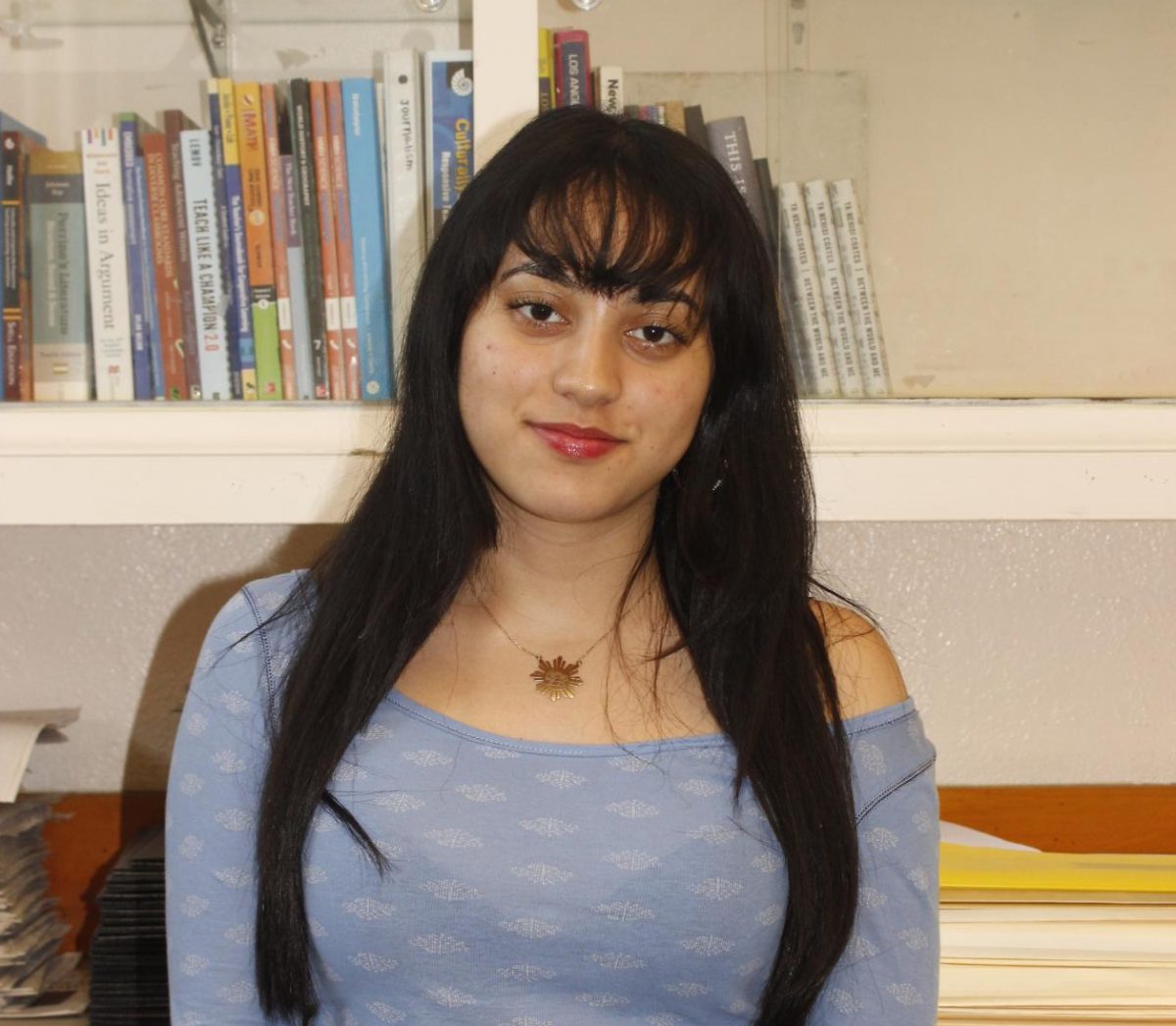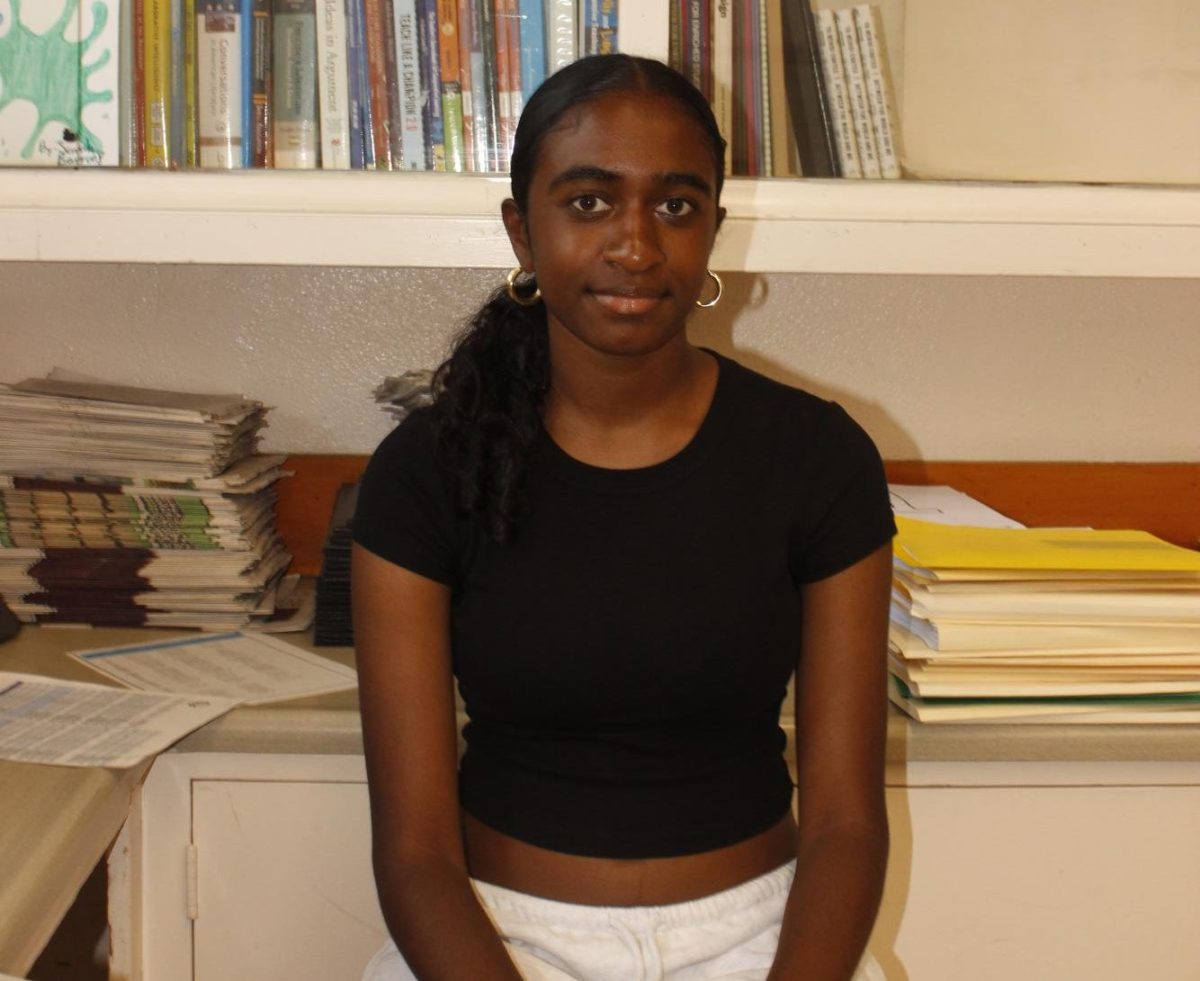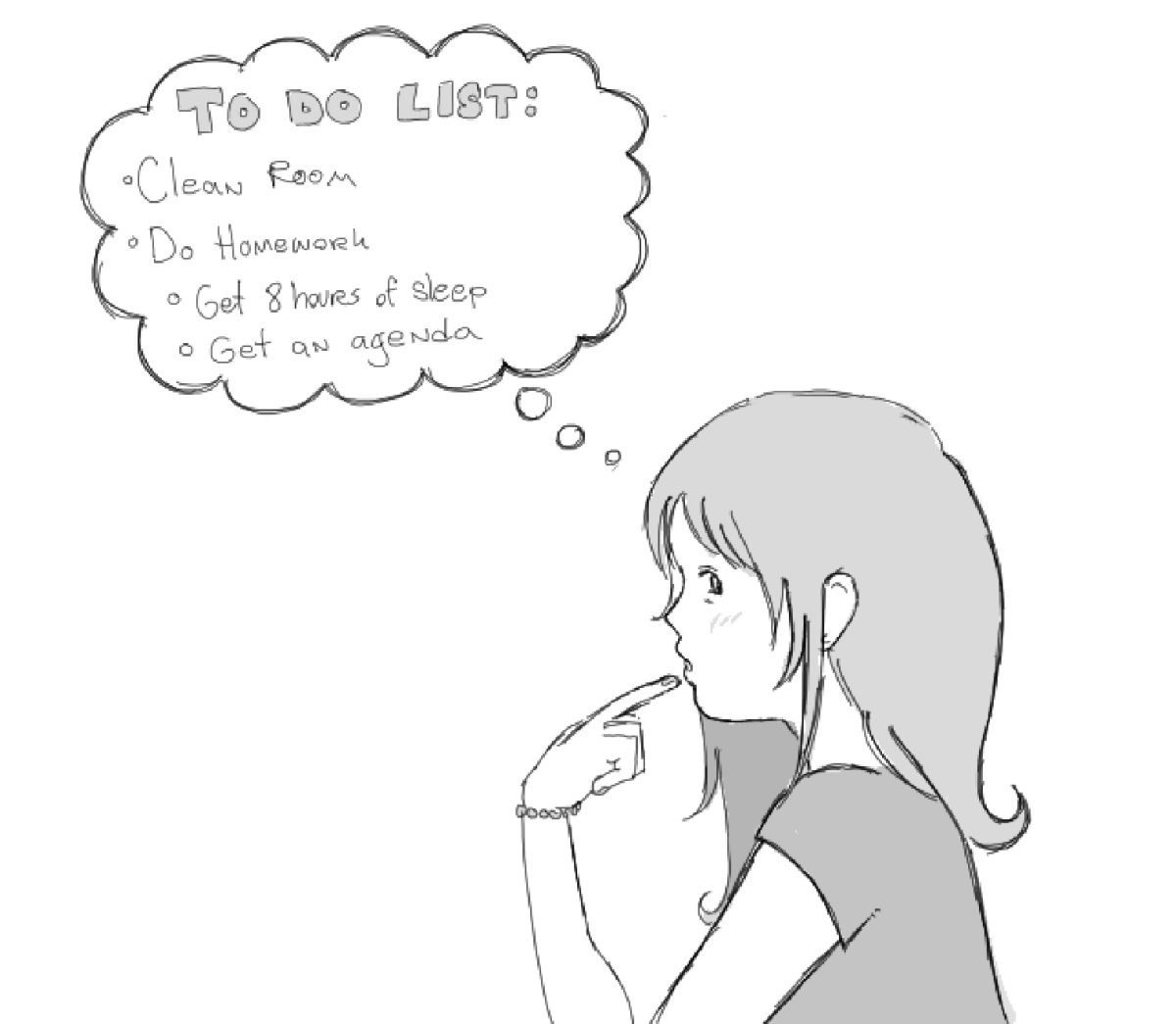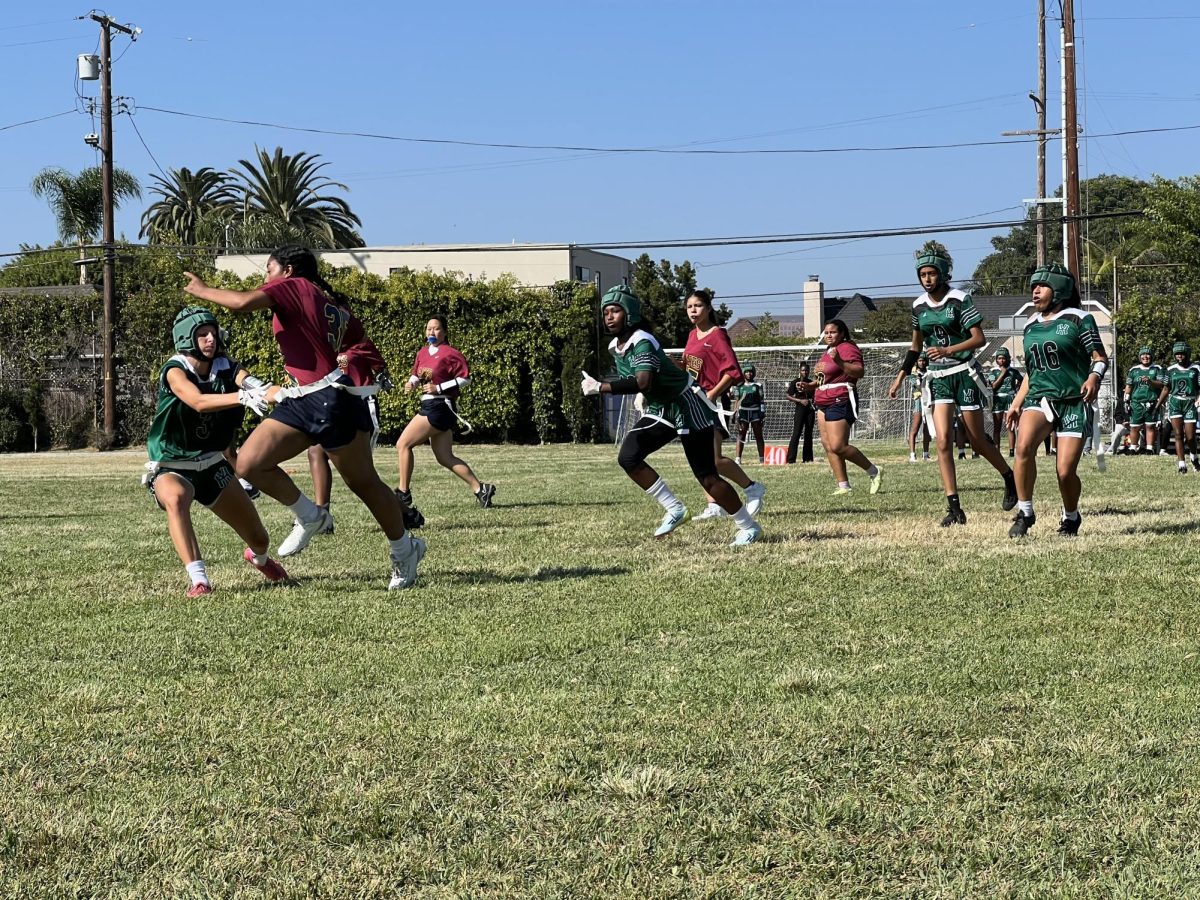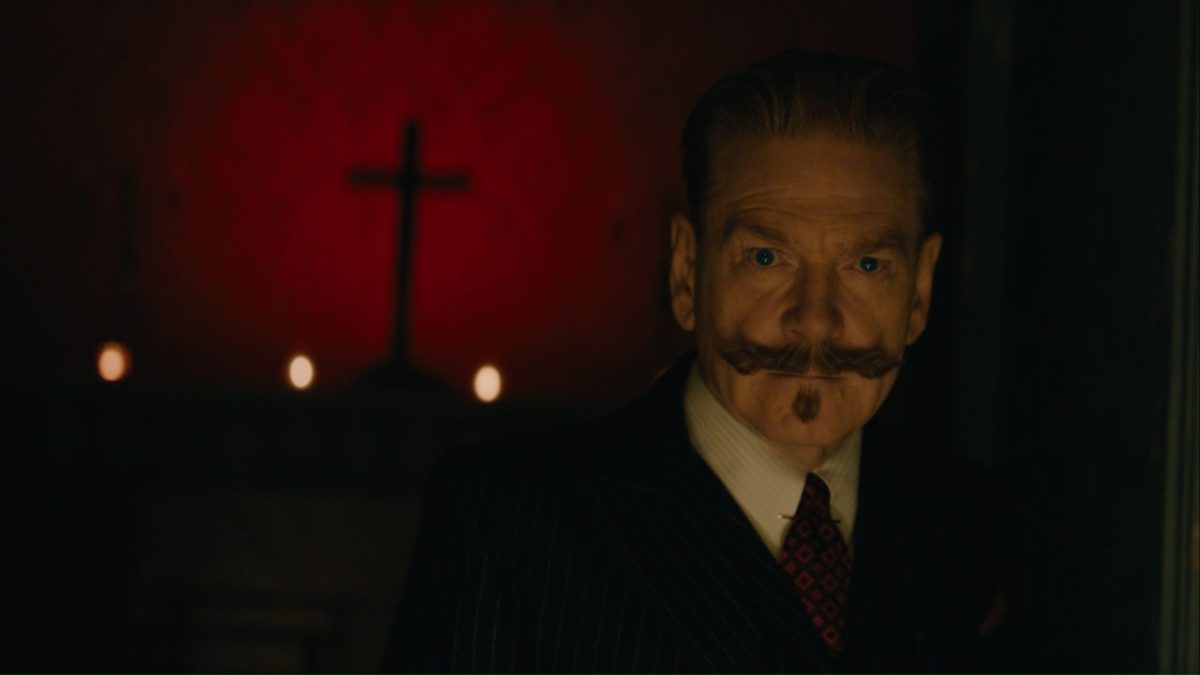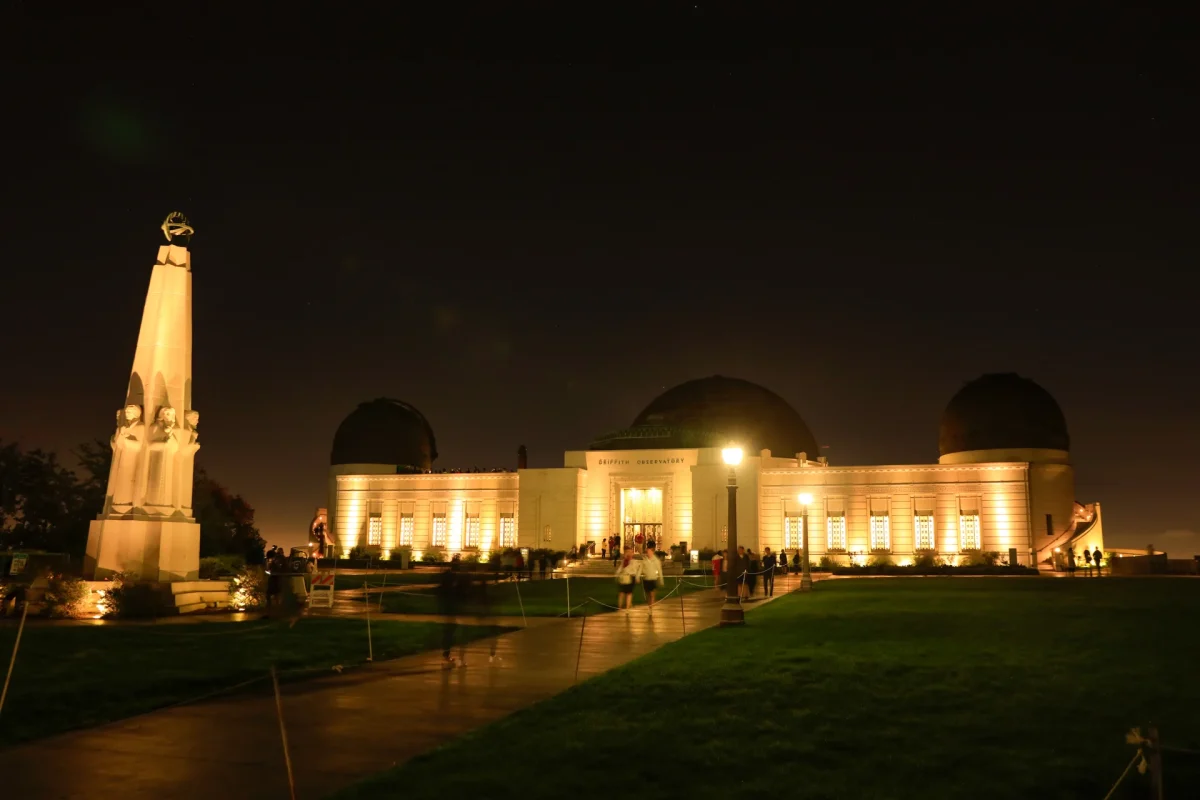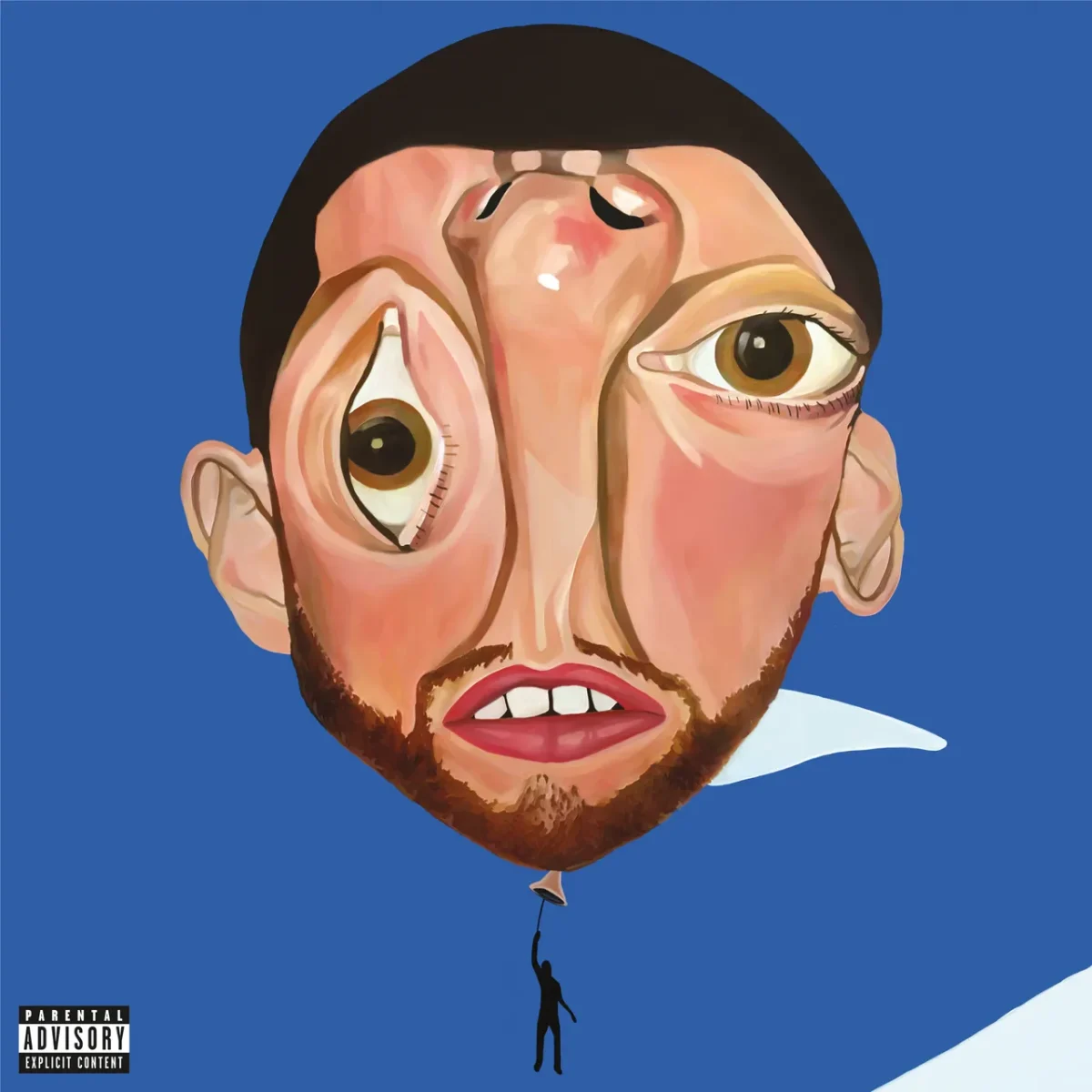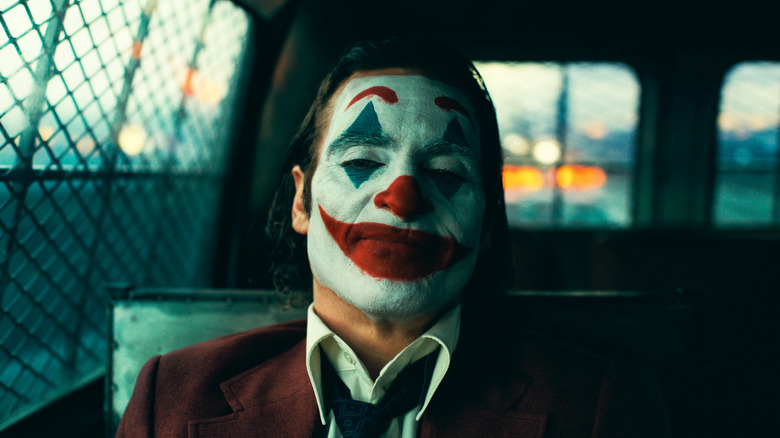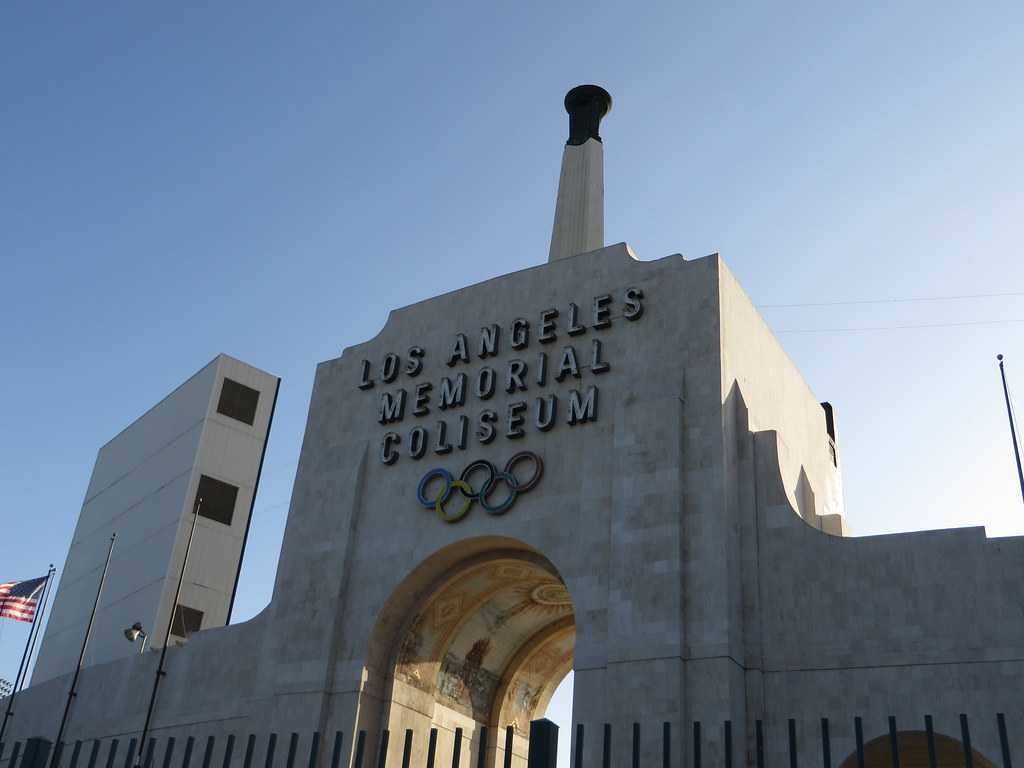“A Haunting in Venice,” one of the most visually intriguing films I’ve experienced, freshens up the beloved Hercule Poirot saga with claustrophobic horror and a tightly constructed plot. It’s the third installment in the series, following “Murder on the Orient Express” (2017) and “Death on the Nile” (2022). Poirot is pulled out of retirement and into a case of mysterious deaths in a haunted palazzo on Halloween night.
I entered and exited this film marveling at the cinematography. I must admit that I hadn’t paid close attention to shot construction in the past, but the previous Poirot films I’d watched had quicker jump cuts and were always in a hurry to show the next shot. “A Haunting in Venice” takes its time with moody visuals, allowing us to examine each frame. From the beginning, disconcerting Dutch angles contrast with sharp, symmetrical shots, amplifying the tension; we’re never allowed to relax fully because neither is Poirot.
The masterful cinematography isn’t limited to landscapes. When Poirot questions the most spiritual characters connected to the deaths, there’s always a peculiar empty space left next to their anxious faces—almost like the long-dead girl was alongside them, filling the void. Cinematographer Haris Zambarloukos returns for this film, working with director (and lead) Kenneth Branagh on their third installation in the series. In the Venetian palazzo, he’s given more physical space to work with than inside the Orient Express and more intricate sets than the Egyptian cruise. The result is an absorbing work of visual art where nearly every frame could be a painting.
Speaking of set design—I must preface this with an acknowledgment that I’m not good with horror. However, it did a great job amplifying the audience’s anxiety, only illuminated further by the cinematography. There are also strange, faceless mannequins dressed in elaborate period clothes propped up throughout the palazzo. Although we know they cannot come alive in this universe, Poirot’s uncharacteristic spiritual visions of the dead make us question the story’s foundation in reality and logic.
Since I struggled to keep track of the characters’ origins and motivations in the previous Poirot films, I appreciated the smaller cast in “A Haunting in Venice.” This scale-down made certain plot developments (read: murders) predictable, but the fun in these mysteries comes from solving the crime; the crimes’ occurrences are a given. Poirot’s turmoil with his failing mental capacity—something that he takes pride in and is at the core of his identity—is also truly fascinating. It’ll be interesting to see how Branagh takes the character and story forward now that Poirot seems to have come out of “retirement.” His fatigue with murderous worldly affairs is genuine, but whether he drops that dissatisfaction for new cases to solve with Miyazaki-level workaholism remains open to development.
POIROT: “But I have seen too much of the world. Countless crimes. Two wars. The bitter evil of human indifference. And I conclude, no, No God. No ghost. With respect, no mediums who can speak to the dead…”




